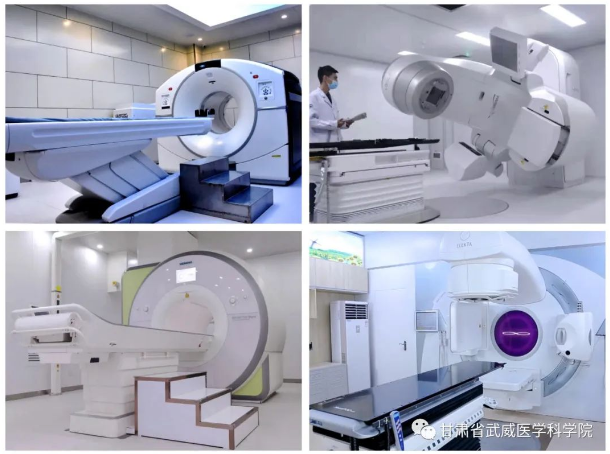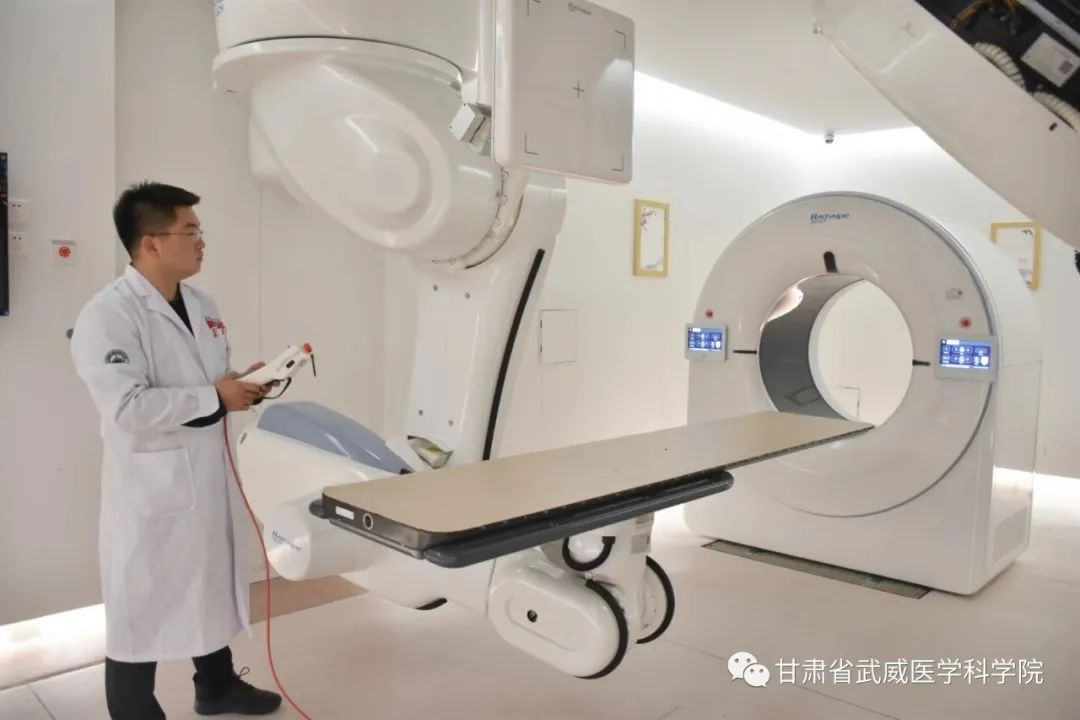放疗不可怕,疑问来解答
Radiotherapy Is Not Scary—Answers to Common Questions
Radiotherapy, also known as radiation therapy, uses high-energy X-rays, protons, heavy ions, or other radiation beams to safely and precisely target tumors. This causes DNA damage in tumor cells, controlling or eliminating the tumor while maximally protecting surrounding healthy cells and their functions.

Radiotherapy is called the "invisible scalpel" and is one of the three major cancer treatments. Statistics show that 60–70% of cancer patients require radiotherapy. Alongside surgery, it is recognized by the WHO as one of the most effective cancer treatments. For early-stage cancers like nasopharyngeal or laryngeal cancer, radiotherapy can achieve curative outcomes while preserving anatomical integrity and improving quality of life. For advanced cancers, combining radiotherapy with surgery, chemotherapy, or immunotherapy significantly reduces metastasis/recurrence rates, improves local control, prolongs survival, and enhances quality of life.
Many patients have questions during radiotherapy. Below are answers to common concerns:

Q: What are the steps in radiotherapy?
A: Process: Medical evaluation → Treatment planning → CT simulation positioning and mold fabrication → Target delineation → Treatment planning → Verification → Treatment delivery.
Q: Does radiotherapy harm normal cells?**
A: Radiation affects nearby healthy tissues but is fully controllable. Normal cells are less sensitive to radiation than cancer cells and receive lower doses. Minor damage to healthy tissues can be repaired through rest.
Q: Why is radiotherapy given Monday–Friday with weekends off?
A: This standard schedule aligns with radiobiological principles. Clinical studies confirm that the two-day rest allows normal tissue recovery and helps patients better tolerate treatment.
Q: Does radiotherapy cause hair loss?
A: Hair loss occurs onlyif the head is irradiated. Radiotherapy to other body parts does not cause hair loss. For head radiotherapy, hair thinning or loss depends on radiation dose/site and is often temporary, with regrowth typically occurring post-treatment.

Q: Why is bladder filling required before radiotherapy?
A: For abdominal/pelvic cancers (e.g., rectal, cervical, or prostate cancer), bladder filling pushes the intestines away from the radiation field. This improves targeting accuracy and reduces bowel radiation exposure/side effects.
Q: Is radiotherapy radioactive?
A: External-beam radiotherapy (the most common type) does notmake patients radioactive. Radiation is emitted onlywhen the machine is on; no radiation source remains in the body. Patients pose no risk to others during/after treatment. Special precautions apply only to internal radiation therapies (e.g., implants), per medical guidance.
